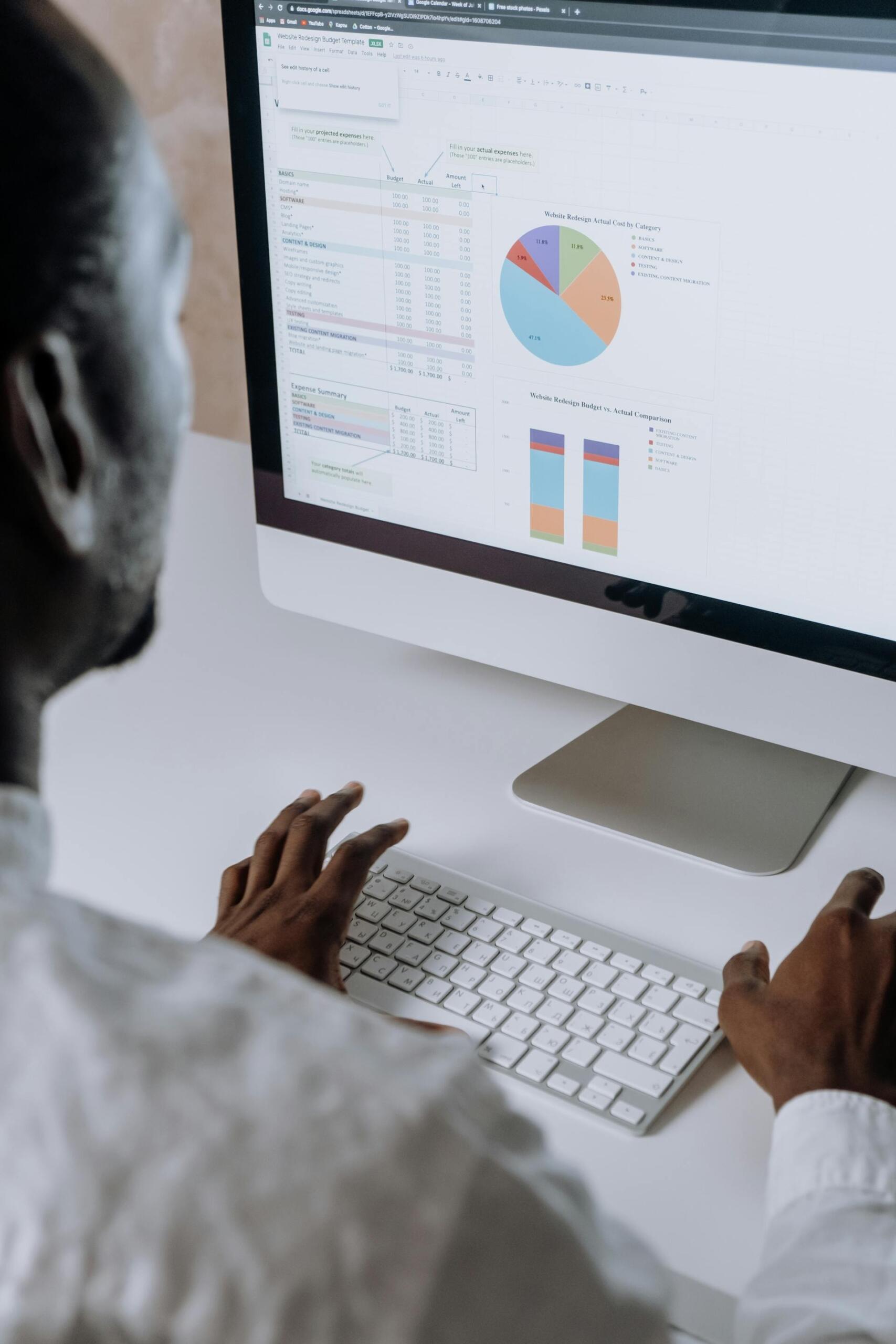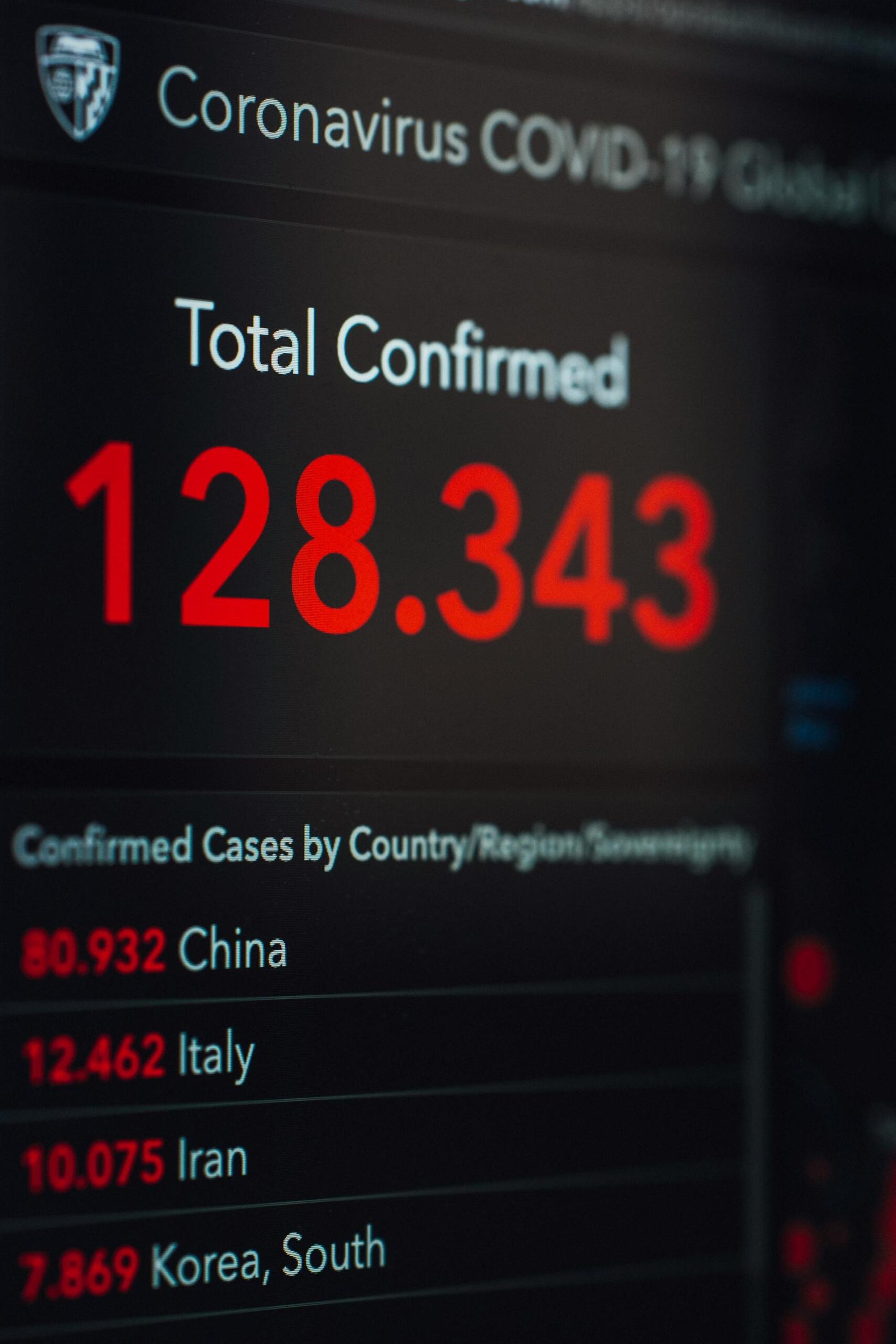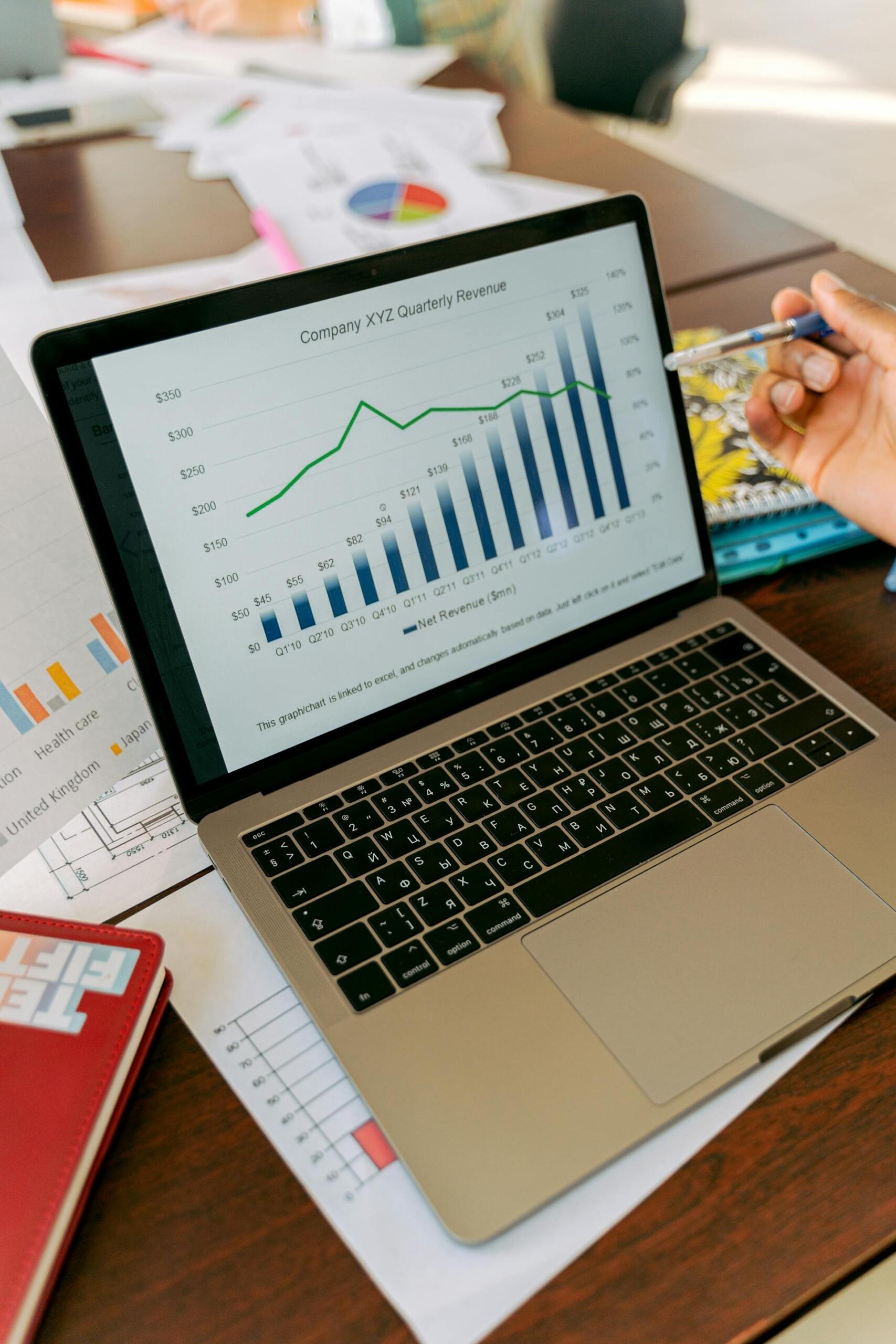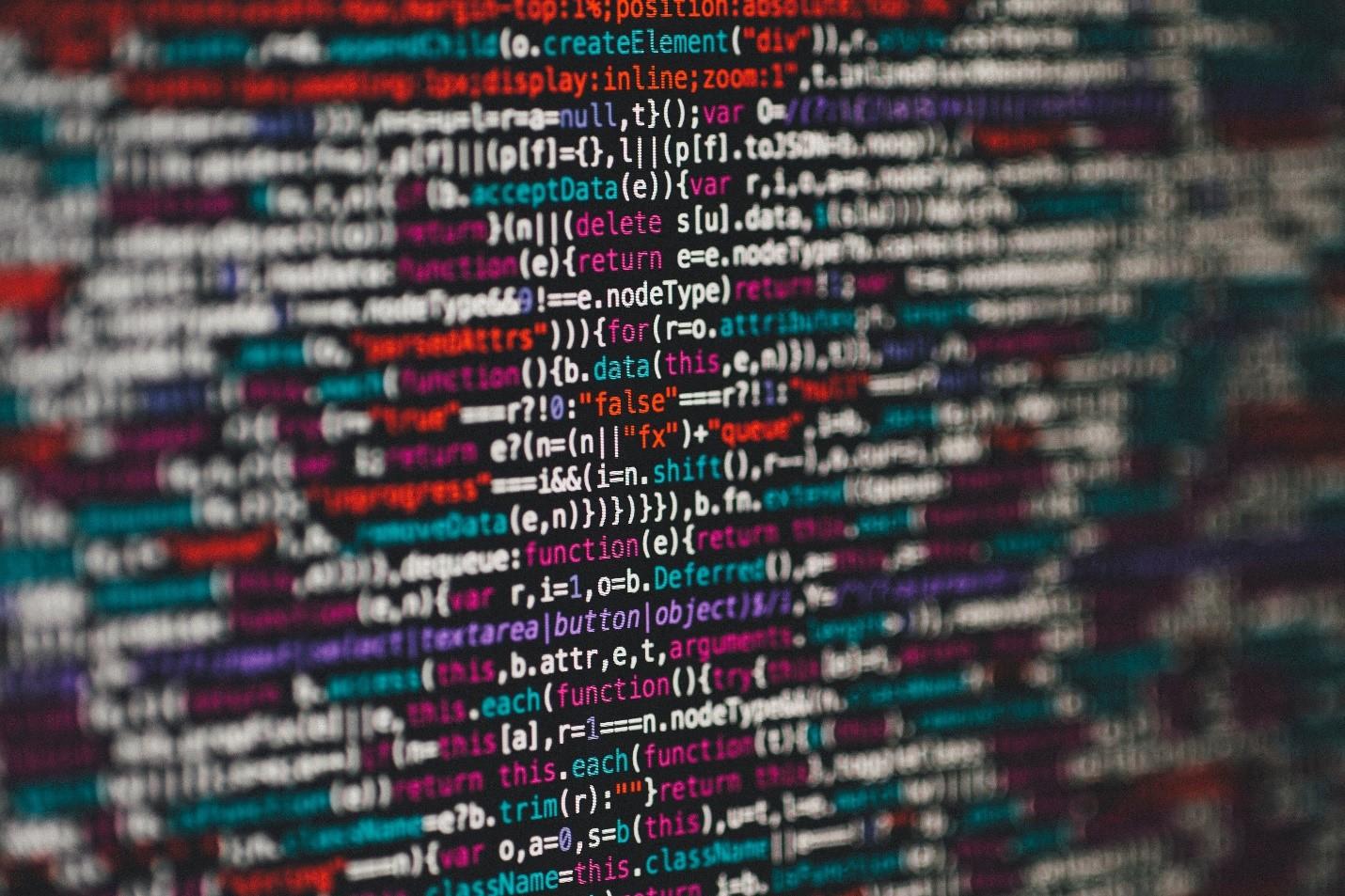Key Takeaways
- Applied statistics predict outcomes, reduce risks, and improve decision-making in various industries and sectors.
- Statistics has historically evolved to improve economics and healthcare.
- Statistics is divided into two main branches: Descriptive and inferential.
- Applied statistics solves real problems, while theoretical statistics develops new mathematical models and theories.
- With a Bachelor's degree in Statistics, Mathematics, or Data Science, you will be able to work in analytics, big data, and business intelligence.
Applied statistics can support industries in predicting outcomes, for example, whether a business will be successful and how to minimize risks and losses. For this reason, it is a valuable tool for the top executives of a company, as it is used as a resource for better decision-making. Applied statistics can be a challenging discipline at first. Luckily, with this easy guide, you will get started to understand its foundations by walking you through the key elements that shape this discipline.

What Is Applied Statistics?
In order to begin to answer this question, ask yourself: What is the value of data? While this very question is something modern policy makers examine with extreme care, evaluating the value of data isn’t an exclusively modern phenomenon. For example, in the 18th century, governments collected data about taxes and resources. Today, applied statistics and the software to analyze them are available to everyone with internet access. From the algorithms that find your best match according to your dating profile, to how online stores identify which items to put on sale, it plays a huge role in our modern lives.
Applied statistics, however, has been around for centuries. Early statisticians used the statistical methods they had to collect, sort, and register categorical and quantitative data.
While the job of the statistician did not yet involve the inferential tools such as Bayesian methods, the basic principles have remained the same: how to collect, analyse and interpret data to make informed decisions.
While today we deal with methodology and concepts such as sample size, raw data, or effect size, applications of statistics through history often focused on analyzing the economy, population, and agriculture.

Its evolution can be described in three phases:
This first phase involved collecting census and observational data to improve sanitary and economic conditions.
The second phase, implemented heavily after the Second World War, registered the demographic and economic data into government databases.
The third phase, which extends to the present day, includes the technological revolution and how it has impacted statistical inference.
With life-saving fields such as biostatistics, modern applied statistics has transformed the standards of living worldwide by improving how data is analyzed and interpreted. Today, it has become deeply connected with data science. Statistical models nowadays include AI or machine learning, which draw inferences even from non-numerical data. Tasks such as predicting outcomes are now much faster thanks to modern statistical and analytical software. Some of the most common tools and programming languages in applied statistics and data science include R, Stata, SPSS, Python, C, and SQL.
Learn more about the types of statistics and their differences below.
Applied Statistics vs. Theoretical Statistics
| Applied Statistics | Theoretical Statistics | |
|---|---|---|
| 🎯 Focus | Evaluate and solve real-world problems. | Use to develop statistical theories and new methods. |
| 🏆 Goal | Provide practical understanding and decision-making. | Designing experiments, analyzing results, and interpreting findings. |
| 🧩 Approach | Problem-driven: Starts with data and context. | Theory-driven: Starts with assumptions and models. |
| 📂 Applications | Predicting disease spread, market trends, and quality control. | Analyzing estimators, formulating probability distributions. |
| 🔬 Methods | Regression, hypothesis testing, experimental design, and applied modeling. | Probability theory, measure theory, and asymptotic analysis. |
| 💻 Tools Used | Software like R, Python, SPSS, SAS; simulations and case studies. | Mathematical proofs, abstract models, and theoretical simulations. |
| 📊 Output | Predict outcomes, minimize risks and losses. | Developing new theorems and improved methodologies. |
| 🧑💻 Who applies it | Businesses, governments, healthcare, and social sciences. | Mathematicians, statisticians, academics. |
Why Applied Statistics Matters in Today’s World
To understand the impacts of why applied statistics matter nowadays, we must mention its two main branches. Both will explain how this discipline guides future actions across different fields.
Descriptive Statistics Basics
Whether you’ve built a histogram for a science project or regularly use data visualization tools at work, you’ve participated in one of the most important branches in the discipline of statistics: Descriptive statistics. Split into two main branches, applied statistics' first branch, descriptive statistics, reveals vital insights and deals with data collection, to understand their composition.
Even the most experienced data scientists are not able to interpret anything about their data sets before conducting preliminary descriptive, statistical analyses. All these techniques are the basics of effective decision-making across diverse industries.
Descriptive statistics make up the vast majority of the statistics used by individuals, companies, and governments. While forecasting future events is extremely important, many decision-makers only need measures of central tendency and variability to extract meaningful information.
As you can see, descriptive statistics provide valuable data essential for forecasting and solving problems.

Let's understand why descriptive statistics are so relevant:
- In the healthcare sector, they are used to monitor diseases, and for example, to evaluate the effectiveness of treatments.
- In business, they evaluate sales trends, customer behavior, and how to prevent financial risks.
- In education, they are used to analyzing students' performance and evaluating national test scores.
- In social sciences, they help analyze population changes, such as demographic trends, migration, aging, and economics.
Inferential Statistics
The next branch of the disciplines combines probability and statistics to understand not only what is inside the data, but also how to use that data to make predictions. This is called inferential statistics, and typically draws from probability theory to probability distribution to conduct better-informed outcomes.
So why do inferential statistics matter? Regardless of whether it’s a parametric or non-parametric test, the mathematician or statistician will have to meet two criteria: set the variables they want to test and ensure their data meets certain assumptions. Without these, predictions in real-world applications would not be valid.
Inferential statistics is also distinct from descriptive statistics because it involves testing a null hypothesis against an alternative hypothesis. Using the models available, along with statistical software such as R or SPSS, you will be able to derive estimators and predictions on the mean, along with their confidence intervals. This is pretty essential for decision-making and innovation across all sectors.

But, how are inferential statistics so relevant nowadays?
- In healthcare, they contribute to determining whether a new treatment is more effective than the existing ones.
- In business, they predict customer demand and marketing strategies through regression models.
- In education, they evaluate whether one teaching method leads to better results through inferential methods.
- In social sciences, confidence intervals contribute to analyzing survey data and migration trends.
Applied Statistics vs. AP Statistics – What’s the Difference?
You might get confused between the concepts applied statistics and AP Statistics, and they refer to very different things. The first one is the discipline we are broadly explaining in this blog, and AP Statistics refers to a high school course in the United States that introduces students to data analysis.
| Applied Statistics | AP Statistics | |
|---|---|---|
| Definition | Discipline that uses statistical methods to analyze data. | An Advanced Placement (AP) high school course in statistics. |
| Level | Graduate studies and professional practice. | High school course. |
| Focus | Applied to business, healthcare, education, social sciences, etc. | Introducing students to the basics of data analysis. |
| Audience | Professionals, researchers. | High school students. |
| Applications | Decision-making in diverse industries and research. | Prepares students for college-level statistics. |

How Applied Statistics Supports Applied Analytics and Data Science
Applied statistics is at the core of both applied analytics and data science. Without statistical methods, it would be impossible to collect, organize, and interpret data into understandable patterns. Basically, through descriptive statistics, statisticians are able to analyse large datasets to monitor performance and trends. Inferential statistics brings prediction and modeling through basic concepts such as hypothesis testing, regression, and ANOVA, which form the backbone of modern analytics and machine learning.
Even applied statistics supports algorithms and artificial intelligence, as machine learning techniques rely on statistical models to evaluate accurate results. It enables applied analytics and data science, where modern technology ensures valid and trustworthy decision-making.
Struggling with complex topics? Discover the best online statistics course anywhere in Canada.

Key Concepts in Applied Statistics for Beginners
Below you will find some of the most essential concepts any beginner should know when studying statistics.
📊 Descriptive Statistics
| Concept | Meaning |
|---|---|
| Mean, Median, Mode | Measures of central tendency that describe the average of the data. |
| Range, Variance, Standard Deviation | Show how spread out the data is. |
| Correlation and Covariance | Indicate how two variables are related or move together. |
| Distributions | Show how data is represented using histograms, charts, or frequency tables. |
| Z-scores / Standardization | Show how far a data point is from the mean. |
| Percentiles and Quartiles | Show the position of a value compared to the rest of the data. |
| Data Visualization | Graphs that summarize data visually. |
🎲 Inferential Statistics
| Concept | Meaning |
|---|---|
| Probability | The likelihood of an event happening. |
| Sampling and Sampling Distributions | Using a sample to represent a population; distributions of sample statistics. |
| Hypothesis Testing | Testing claims about data (null vs. alternative hypothesis). |
| Confidence Intervals | A range of values that likely contains the true population parameter. |
| Regression (Linear/Logistic) | Models that predict relationships between variables. |
| ANOVA (Analysis of Variance) | Compares means across multiple groups. |
| Errors & Power | Type I and II errors measure mistakes; power shows the chance of detecting a real effect. |
| Theoretical Distributions | Models like normal, binomial, t, χ², and F-distributions. |
Examples of Applied Statistics in Action
Below you will find simple examples of how each type of statistics is applied in our daily life.
| Field | Descriptive | Inferential |
|---|---|---|
| 🧪 Healthcare | Monitor diseases and evaluate treatments. | Test whether a new treatment is more effective than existing ones. |
| 💰 Business | Evaluate sales trends, study customer behavior, and assess financial risks. | Predict customer demand and marketing strategies using regression models. |
| 📝 Education | Analyze students' performances and evaluate national test scores. | Compare teaching methods to see which produces better results. |
| 🌍 Social Sciences | Analyze demographic trends, migration, aging, and economics. | Use confidence intervals to interpret survey data and migration trends. |
Take personalized private data science courses to boost your problem-solving skills.
Careers & Study Paths in Applied Statistics, Analytics, and Data
If you are interested in becoming a Statistician, we recommend pursuing a Bachelor of Science in Statistics or a Bachelor of Mathematics and Statistics. Through these, you will learn the fundamentals, such as probability theory, normal distribution, and standard deviation. Also, you will gain solid knowledge of related disciplines and sciences, such as mathematics, computer science, and software development, enabling you to enhance your skills in a changing industry.
One of the most significant advantages of pursuing a related degree is that you can also access a Master's Degree or a Ph.D. program that will open doors to exciting career opportunities. Among the possible graduate and doctoral programs you can pursue after a Bachelor's in Statistics are Data Analytics, Data Science, Business Analytics, and Big Data.
To better understand statistical terms and concepts and improve your analytical and problem-solving skills, consider finding excellent private tutoring on Superprof. Superprof is a tutoring platform where you can find the professional support you seek, as well as the latest statistics learning tips and resources.




















